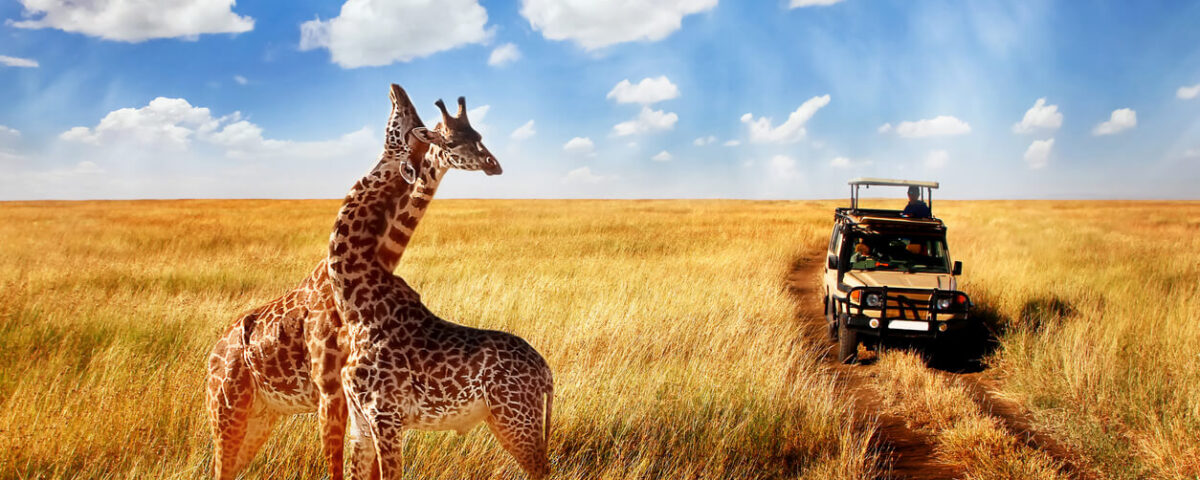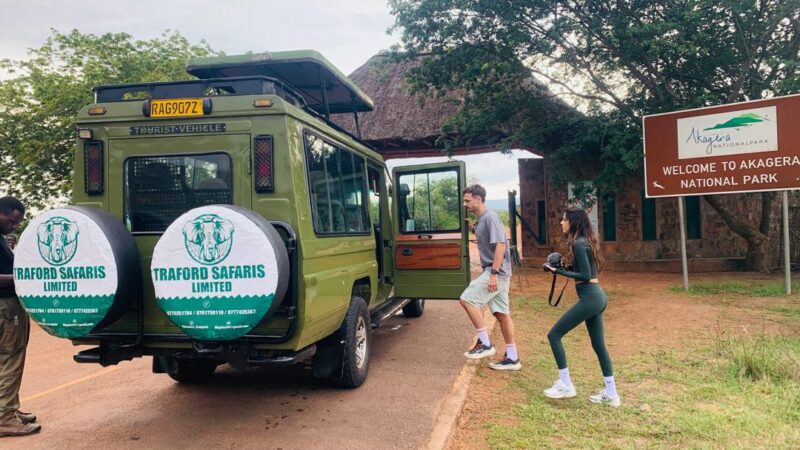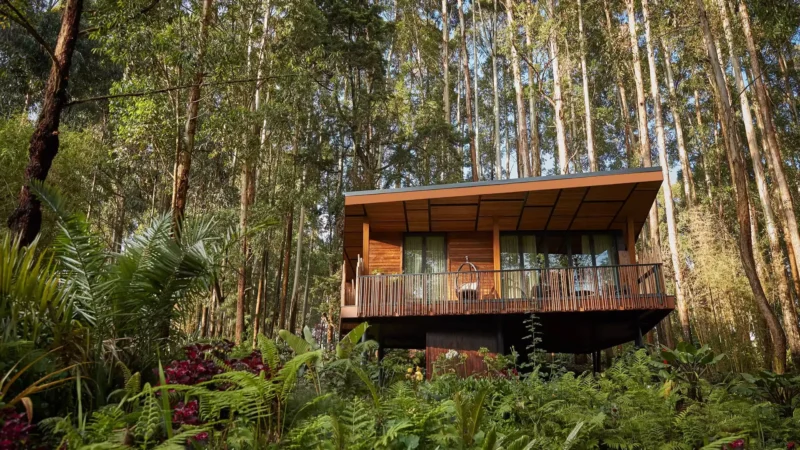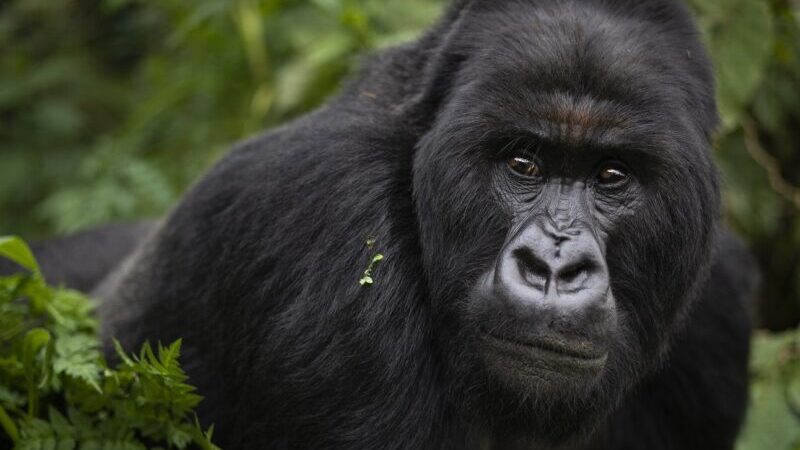
Air Tanzania Launches Direct Johannesburg to Zanzibar Flights
July 2, 2025
Staying Healthy on Safari: Tips for Travelers
July 3, 2025Why Taking Fewer Parks Over More Days Is the Top Travel Trend in 2025
In 2025, safari travelers are choosing depth over distance. The new travel trend reshaping East African safaris is called Slow Safari Travel and it’s changing the way people experience the wild.
Instead of racing through multiple parks in a few days, more travelers are opting to spend extra time in fewer places, allowing for deeper immersion in the landscapes, wildlife, and local cultures.
So what’s driving this shift and why should you consider it for your next East African adventure?
What Is Slow Safari Travel?
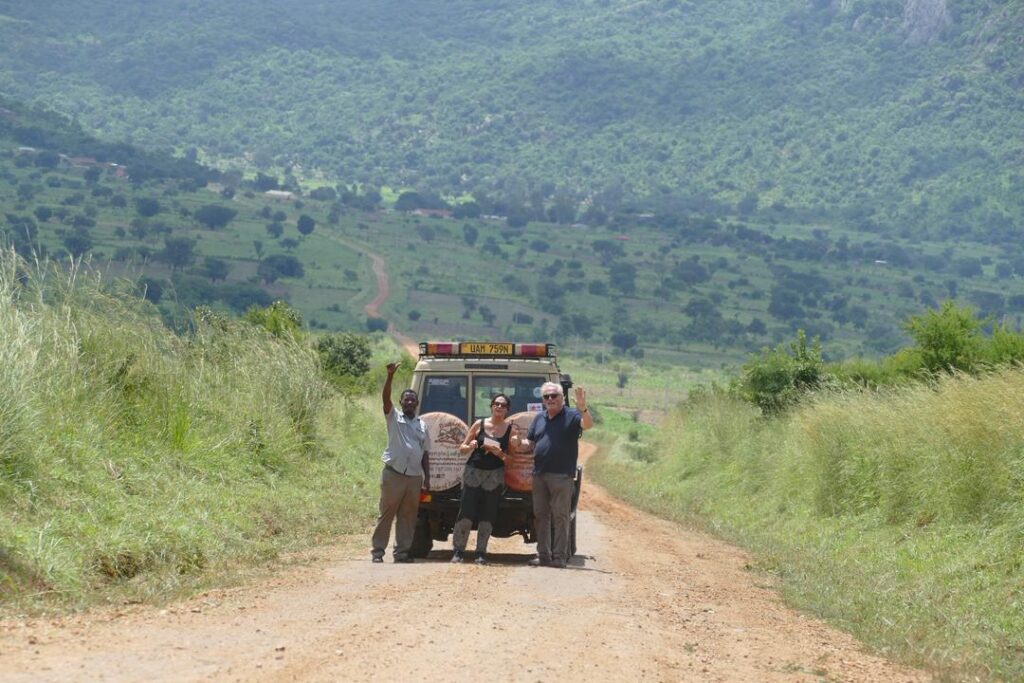
Slow safari travel is a deliberate and immersive approach to exploring national parks. Rather than cramming three or four parks into one week, travelers spend three to five days in each location. This allows for:
-
Unrushed wildlife viewing
-
Time to explore lesser-known corners of each park
-
Greater interaction with guides, locals, and conservation programs
-
A lower impact on the environment
It’s about quality, not quantity fewer locations, richer experiences.
Why Is Slow Travel Gaining Popularity in 2025?
1. Sustainability and Eco-Consciousness
As more travelers become aware of their environmental impact, slow travel reduces emissions caused by long road transfers or bush flights between multiple parks. Staying longer in one park minimizes fuel use and supports sustainable tourism models.
2. Better Wildlife Viewing
Animals move on their own time. Spending multiple days in one area gives you a higher chance of spotting elusive species like leopards or shoebill storks, and observing natural behaviors like lion cubs playing, or elephants crossing a river without being rushed to move on.
3. Deeper Cultural Engagement
Slow safari itineraries often include time for cultural walks, village visits, and community tourism. These experiences are more than just photo ops they offer real connection and learning.
4. Less Stress, More Connection
When you’re not packing and unpacking every day or rushing to catch another flight, your safari becomes a restful, rejuvenating experience. You can fully enjoy lodge amenities, sundowners, stargazing, and fireside stories.
What a Slow Safari Could Look Like
Instead of this:
Day 1: Drive to Lake Mburo
Day 2: Transfer to Queen Elizabeth
Day 3: Quick game drive, then off to Kibale
Day 4: Rush to Bwindi for gorilla trekking
Try this:
Days 1–3: Queen Elizabeth National Park
-
Boat safari on the Kazinga Channel
-
Lion tracking in the Ishasha sector
-
Cultural visits to fishing villages
Days 4–6: Bwindi Impenetrable Forest
-
Gorilla trekking with time to rest and reflect
-
Optional second trek or Batwa forest experience
-
Leisure day to enjoy the forest lodge and birdwatching
This itinerary gives you time to experience more, without doing more.
The Benefits of Slow Safari Travel
| Benefit | Why It Matters |
|---|---|
| Conservation impact | Fewer transfers = lower carbon footprint |
| Wildlife immersion | Better chance of multiple sightings and unique behaviors |
| Cultural connection | Time to meet local communities and learn their stories |
| Travel ease | Ideal for families, older travelers, and photographers |
| Cost-efficiency | Less time on the road, more value from your lodge stay |
Who Should Consider It?
-
First-time safari travelers who want a richer, less overwhelming experience
-
Families with children who prefer fewer long transfers
-
Older travelers or those with mobility needs
-
Photographers and nature lovers seeking quiet moments
-
Honeymooners wanting romance and relaxation in nature
Traford Safaris Tip
When planning a slow safari, we recommend:
-
3–4 nights in each park
-
Choosing parks with diverse landscapes (e.g., combining savannah and rainforest)
-
Booking lodges that offer activities beyond game drives like forest walks, community visits, or cooking classes
-
Asking about low-season deals (fewer tourists, same wildlife!)
Final Thoughts
Slow safari travel isn’t just a passing trend it’s a smarter, more sustainable, and more meaningful way to explore East Africa.
By taking your time, you’ll see more, feel more, and remember more. And in 2025, that’s exactly what travelers are craving.
Ready to plan your slow safari in Uganda, Kenya, Rwanda

